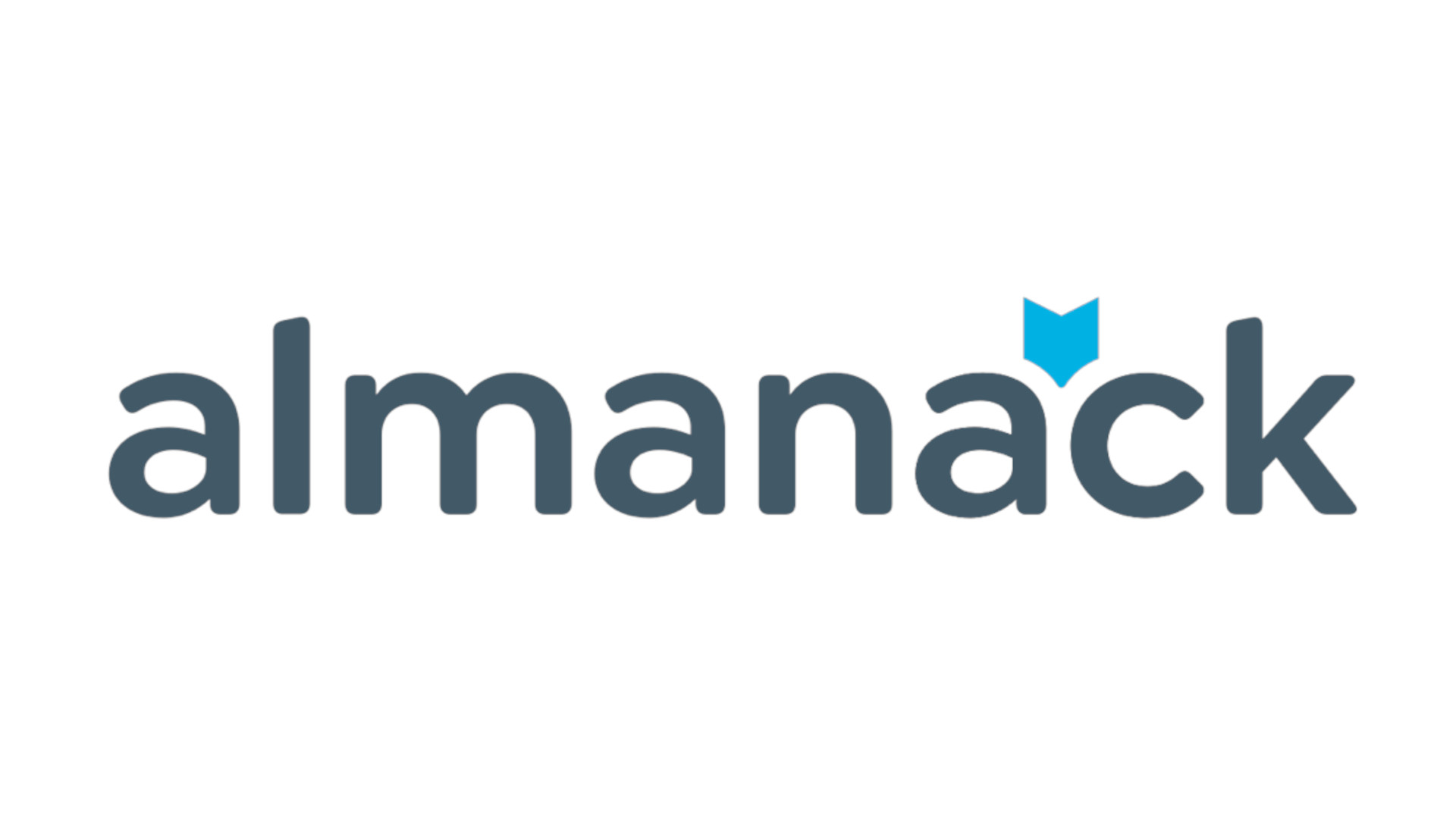Covid Diary: Headwaters School
The Tech & Learning COVID Diary series follows educators and administrators throughout the year as they share stories about how their districts are handling teaching and learning during the pandemic.


Thom Gibson is a middle school STEM teacher at Headwaters School in Austin, Texas, an independent school serving more than 450 students, from early childhood through grade 12, across three campuses. The middle and high school are currently fully virtual relying on platforms such as Blackbaud, Loom, and Google Suite. The early childhood program is an in-person Montessori school, while the elementary school is hybrid with an all-online option.
Biggest challenge
My biggest challenge is the lack of immediate feedback and sidebar lesson opportunities--having to move kids to a breakout room to help them solve their tech issue or do a short lesson with them leaves my students in the main room without any assistance or oversight. I will always have something each student can work on even if I’m away in a breakout room but it's just harder to be present to the needs of all your students when you don't get that immediate feedback from surveying the room.
What are the advantages of teaching in this environment?
I am very comfortable with tech so it's been fun to implement new tools that I've never used before. I also enjoy working from home and having classes be a bit shorter (45 min versus 90 min). Previously when we were in the classroom, I’d want to do something tech-related but with 6th graders, it can be a whole ordeal for every student to get a device out, get logged in, and pull up the right website. Now, everyone has already got most of that done once they've logged into Zoom.
How are teachers being supported?
Voluntary training sessions were provided during the summer (one of which I led, on creating video lessons). We also have email threads at the end of each week asking people to share what they learned. Our administrative leaders regularly check in with us and ask what we need.
How are you supporting students?
I make myself available after class to troubleshoot problems. I also have volunteered to lead the Minecraft Club so students have a space to connect over a common interest outside of academics once a week (we meet in Minecraft). I don’t know much about Minecraft but am willing to learn and have let two students take the lead of the club.
How are you supporting parents and families?
My daily agenda--which includes due dates, what we're doing in Zoom that day, and homework, all with links--is front and center on all my course websites, and I've emailed parents to let them know it is there. I’ve also made myself available for Zoom calls with the parents of my advisory students and sent out a questionnaire to parents asking how their kids were coping with pandemic life and how I could support them.
Did anything unexpected happen (good or bad) during remote learning that can now be used as a teachable moment for others?
I'm teaching a new class (8th grade science) and was using a new tool (Nearpod), and told the students that the lesson may be a total disaster as I figure out the app. I modeled a growth mindset, willingness to fail, and sought feedback from students about what they liked and didn't like. They appreciated that and it took the pressure off in terms of me feeling like I was going to look dumb and/or incompetent. If students see more adults doing that in their lives, they're more willing to take risks and try things that may fail and learn from those failures.
Tech & Learning Newsletter
Tools and ideas to transform education. Sign up below.
Anything else you'd like to add about your successes and challenges as an educator during the pandemic?
I greet each student by name when they enter the Zoom call and each day of the week has a different theme:
- Modish Monday (“modish” means “stylish or dressy” and I invite kids to dress up)
- 2 Thumbs Up Tuesday
- Waving Wednesday
- Thankful Thursday (students say something they're thankful for besides friends and family)
- and Tie-day Friday (students invited to wear a tie)
I used to do this when we were in person and it was great at building a positive culture. It works online as well.
If you would like to participate in the COVID Diary series, please complete this form. Email Ray.Bendici@futurenet.com with any questions.













